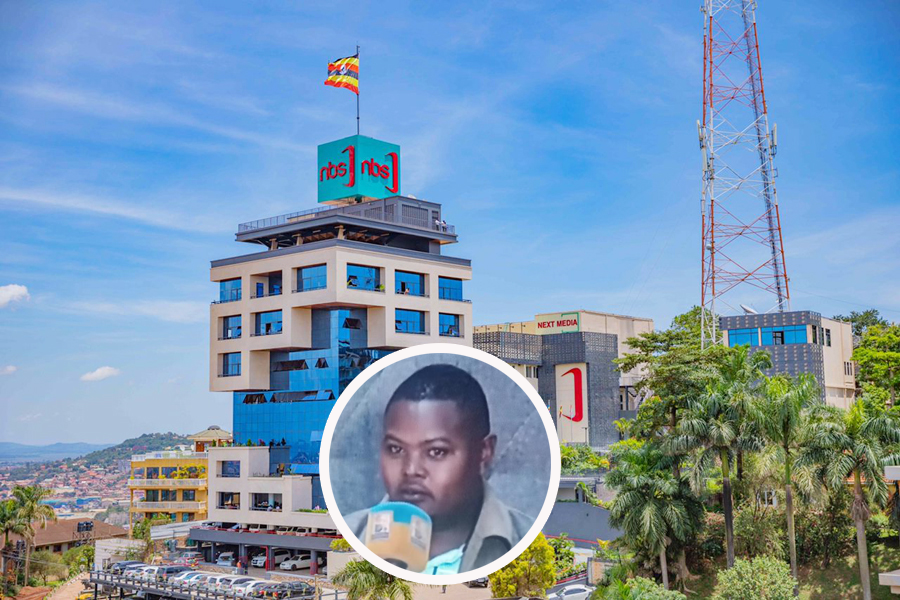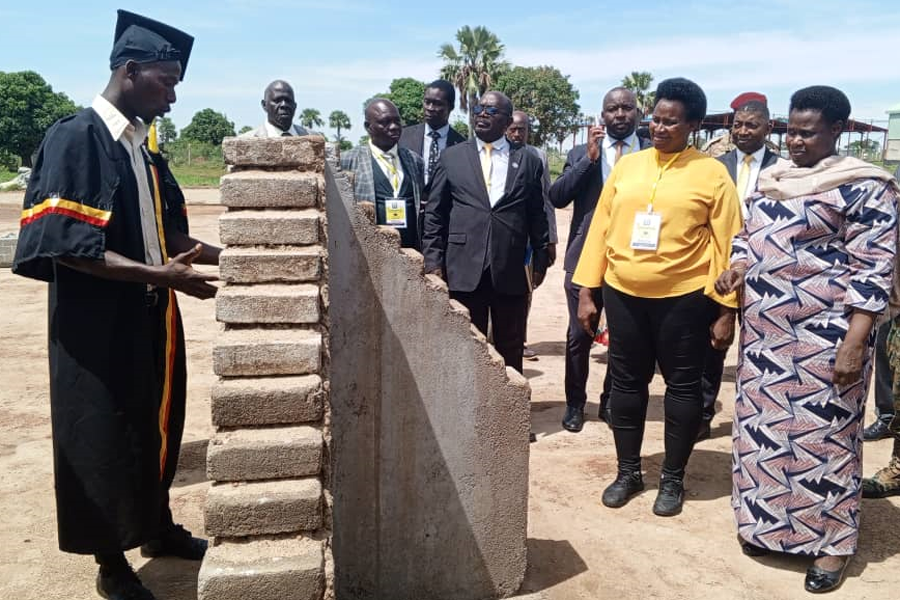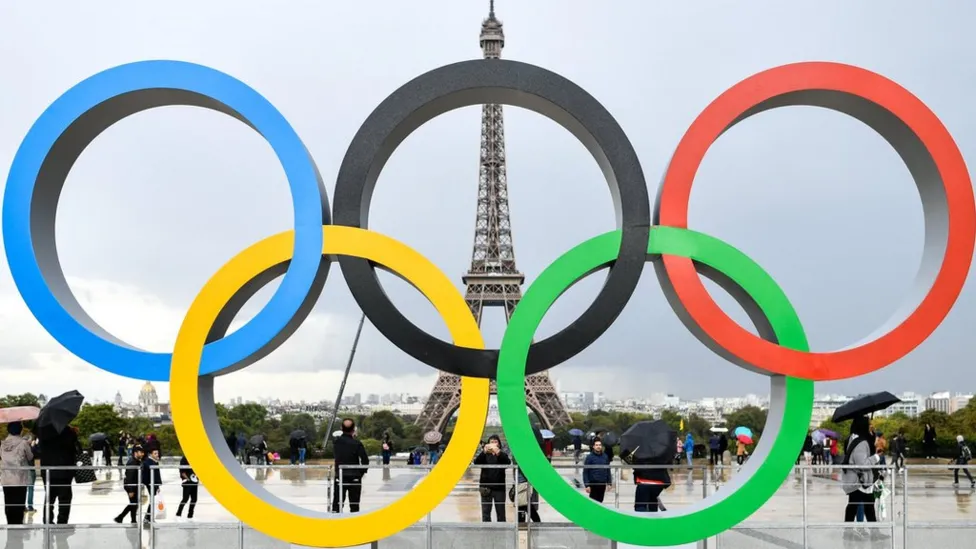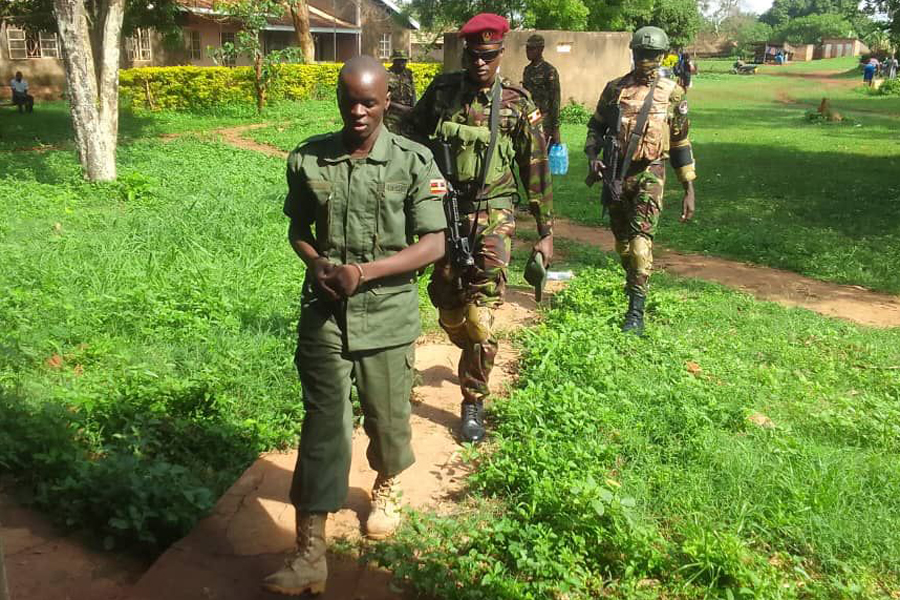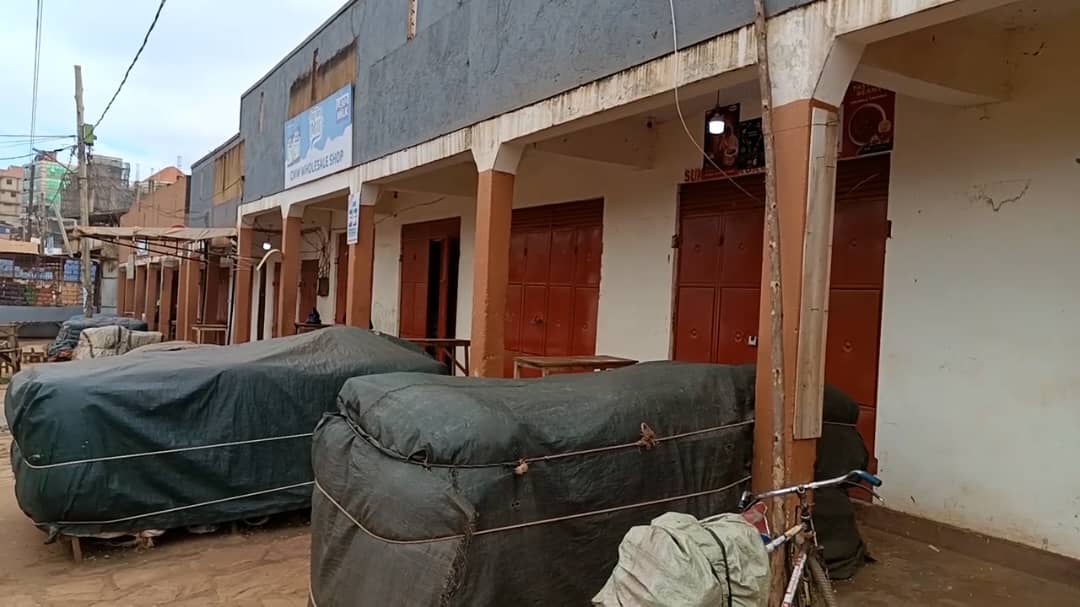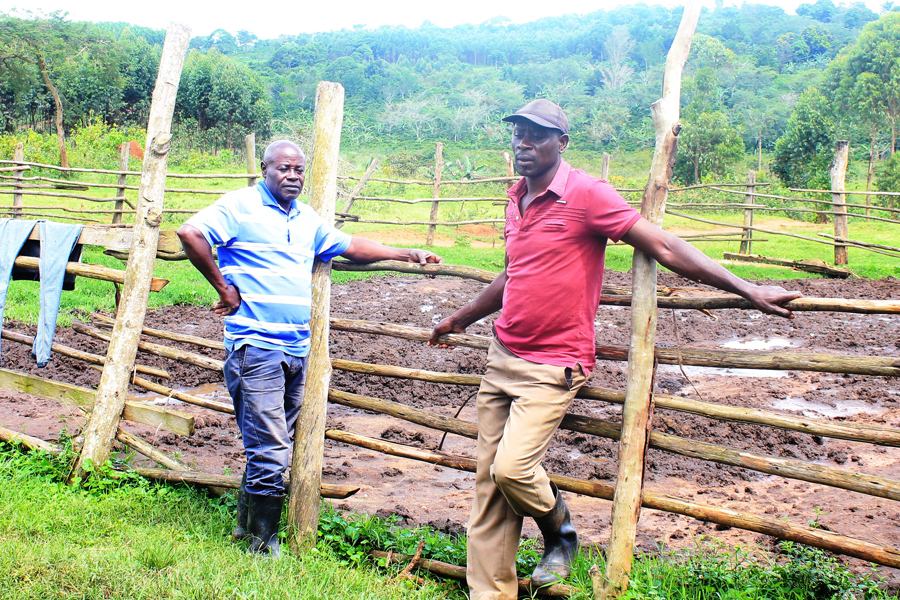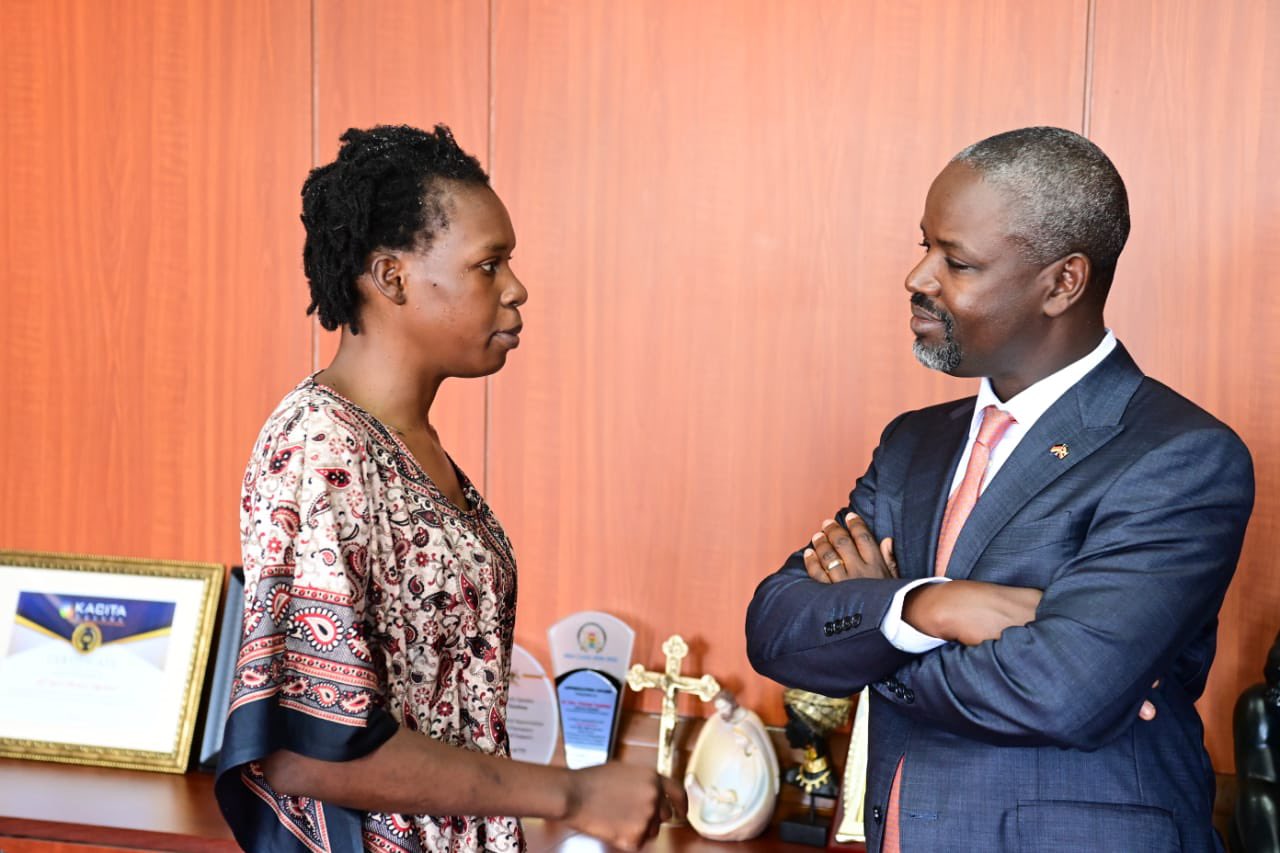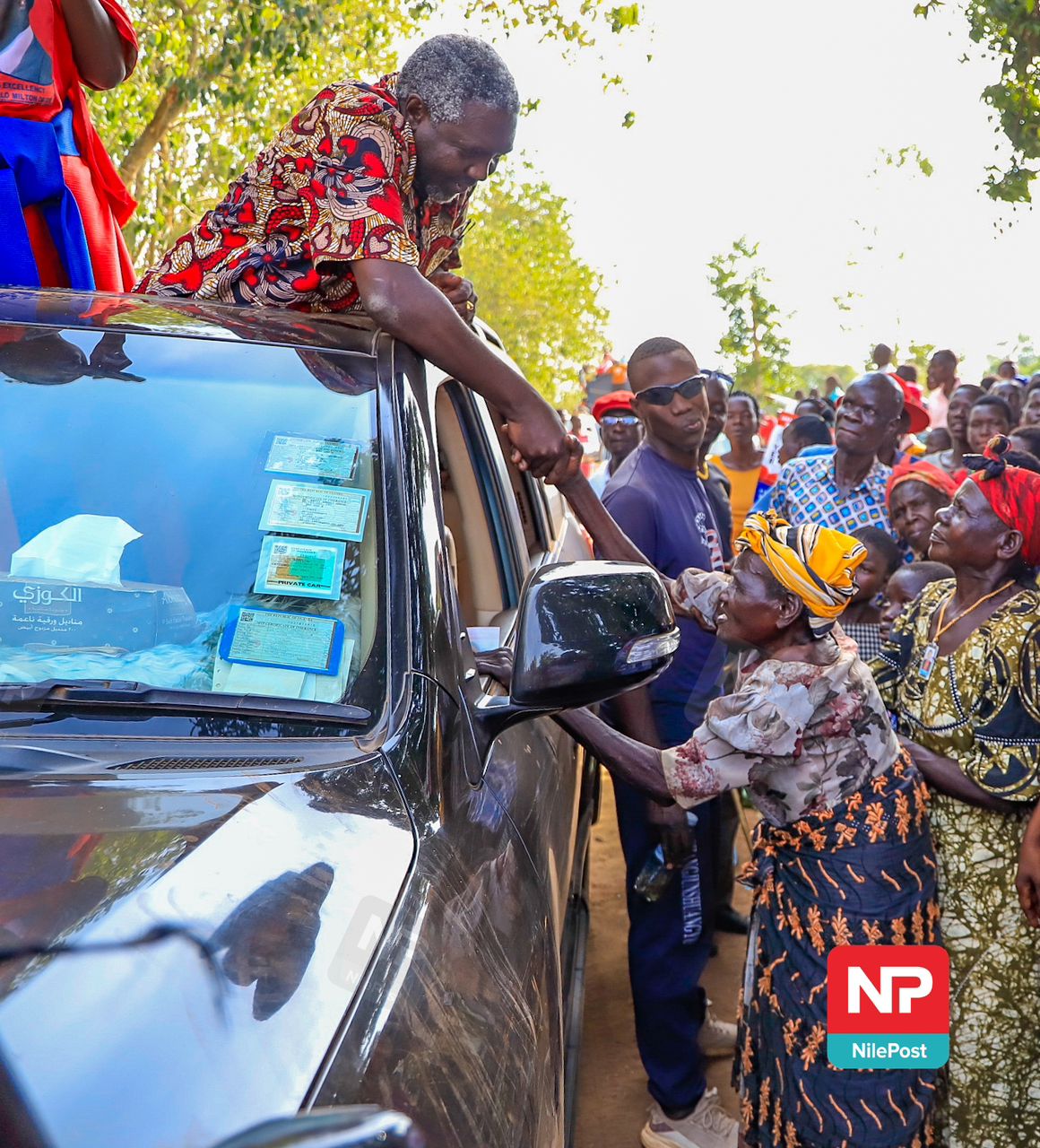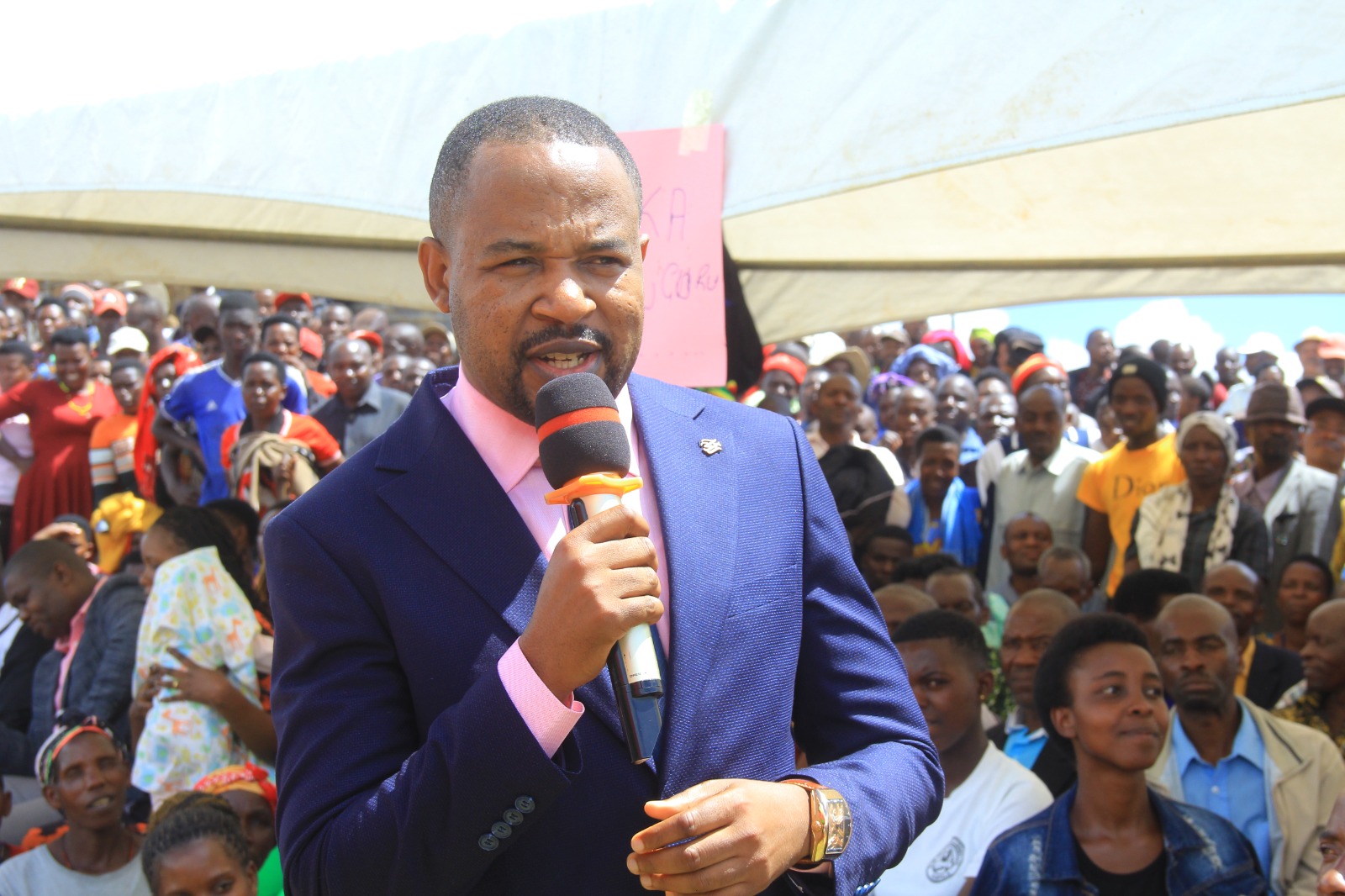Opinion: To whom is the Buganda Land Board accountable?
Prior to being incorporated as a private company in 2015, the Buganda Land Board (BLB) had for some time existed as a fictitious non-existent legal entity merely operating under the pseudo of the Buganda Land Board which had existed under the 1962 Constitution.
This was authoritatively pronounced in the case of Buganda Land Board V John Wampaba Miscellaneous application No. 622 of 2013, where on the 20th of February 2014 where Court held that the said board was indeed a non-existing person with no capacity to sue or be sued.
Keep Reading
The Court pronouncement seem to have informed the Buganda Cultural Institution Courtiers, to incorporate a legally acceptable body.
Accordingly a private company limited by shares was incorporated under registration number: 80010000837138 in 2015 and entrusted with the responsibility of managing land obtained under the disgraced Restitution of Assets and Properties Act 1993, Cap 247.
Those who enacted the Restitution of Assets and Properties Act seem not to have known the land they wanted as spelt it out under a schedule to the Act.
It’s not in question that the properties as named were not only part of the public land which were under the 1962 Constitution being administered by the Buganda Land Board, a public constitutionally mandated body of Buganda Kingdom as a constitutionally recognised Federal Administrative Unit of the then 1962 constitutional dispensation, but were not even legally described.
The farmers of the Act were obviously in a hurry to pre-empt the decisions of the Constituent Assembly which was debating the 1995 Constitutional proposals.
The hurry could be explained.
To them there was to be no change to the position prior to 1967 Constitution, but a bonanza or give away to the private person of the Kabaka or his few courtiers all the property which were either under the Administration of Buganda as a Province of Uganda for the period 1900 to 8th October 1962 or under the Federal Unit of Administration as a Kingdom from 9th October to the coming into force of the 1967 Constitution.
To them the restitution was not meant to benefit the population which call central Uganda its home, but a reward to the Kabaka personally, his royal family and close courtiers.
Otherwise how can the non-accountability of the BLB be explained?
It is a private company solely operating the properties for purposes of making a profit from public property. Indeed as a private company limited by shares, its central role and main objective is making profits for its shareholder.
It is not accountable to the public of Uganda or to the Baganda for whom the properties should have been held in Trust.
It is an open secret that the title “Buganda Land Board” is evidently misleading as was meant to assimilate the legally established land boards under the 1962 Constitution, the 1995 Constitution and the Land Act 1998 where public land is administrated by Boards.
These Boards however are not private companies but are constitutional statutory institutions managed by public officials, under control of the Government and with their affairs managed under clearly established procedures and accountable to the public through the annual Auditor General’s scrutiny.
BLB on the other hand is a private company with profit making intentions, asserting ownership rights over land which was wrongly alienated to it and is merely enforcing and sticking to the historical injustices committed against the ordinary Baganda through the Kyapa mungalo marketing drive.
As BLB, the company hoped to gain acceptance from the historical Buganda Land Board of the 1962 Constitution, when Buganda Kingdom was a Federal Administrative State and the Buganda Land Board of the day was an integral part of the constitutional and administrative structure of the time.
However Uganda is not a Federal State and any powers or functions being exercised by BLB are ultra vires the 1995 Constitution as amended.
BLB is currently administratively fused with the Buganda Cultural Institution, fronting FEDERALISM which was rejected by the people of Uganda who came together in the Constituent Assembly to draft the 1965 Constitution.
The fusion of BLB and the Cultural Institution is an attempt to create a state of Buganda within the state of Uganda. The courtiers of the fused body are visible in all their utterances as a defacto opposition only falling short of registering as a political party.
This regrouped Mengo Establishment openly refers to the Government of Uganda as “Government ayawakati” and introducing in the Uganda body politique another Government they call “Government ya Ssabasajja or simply abe Mengo”.
This marketing of two governments in one country is part of the grand plan to create in the minds of Ugandans that there is a Buganda state complete with a government, within the state of Uganda-a State within a State.
This unconstitutional scheme must be exposed and halted.
The author is the minister of state for Lands


